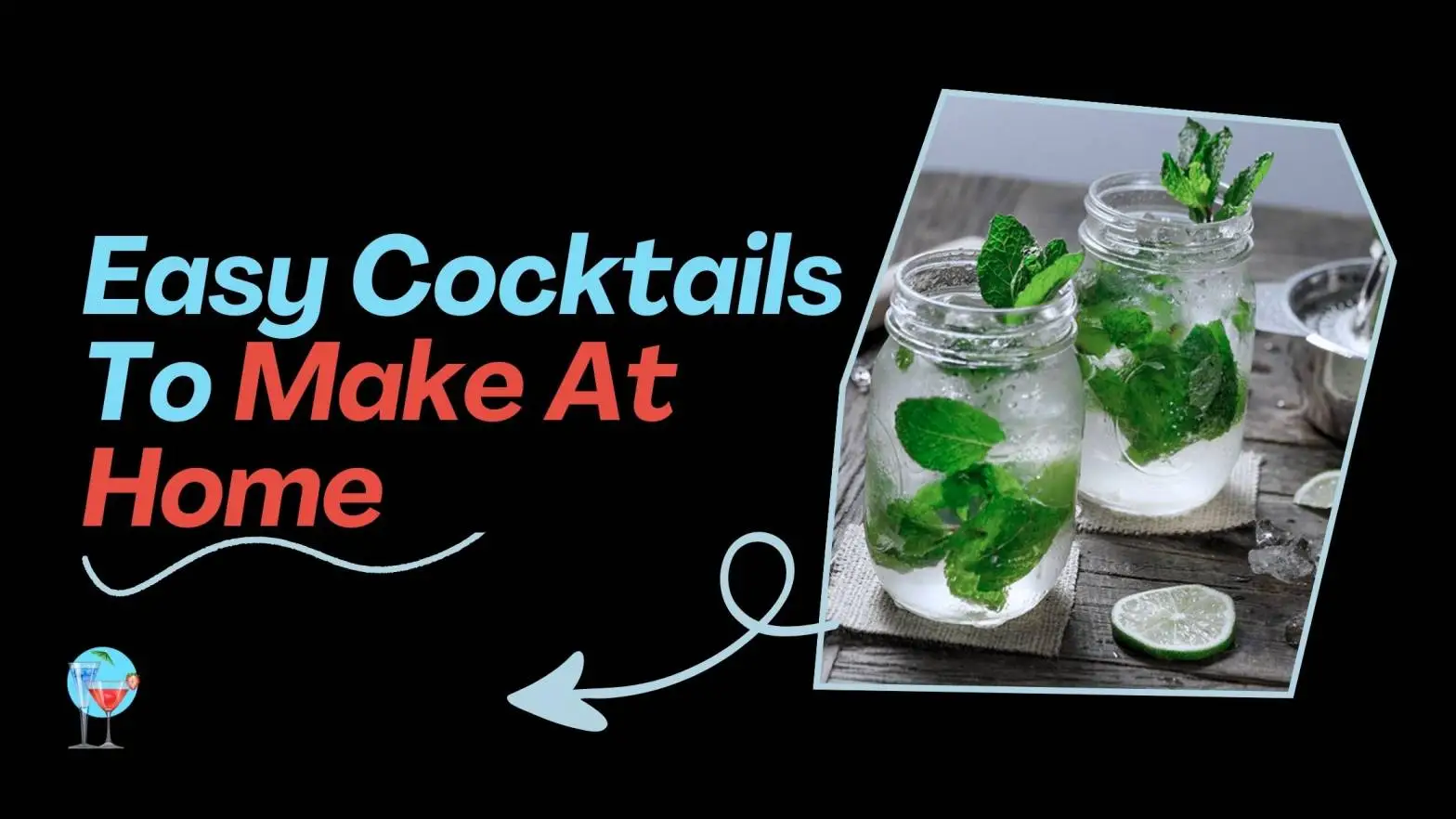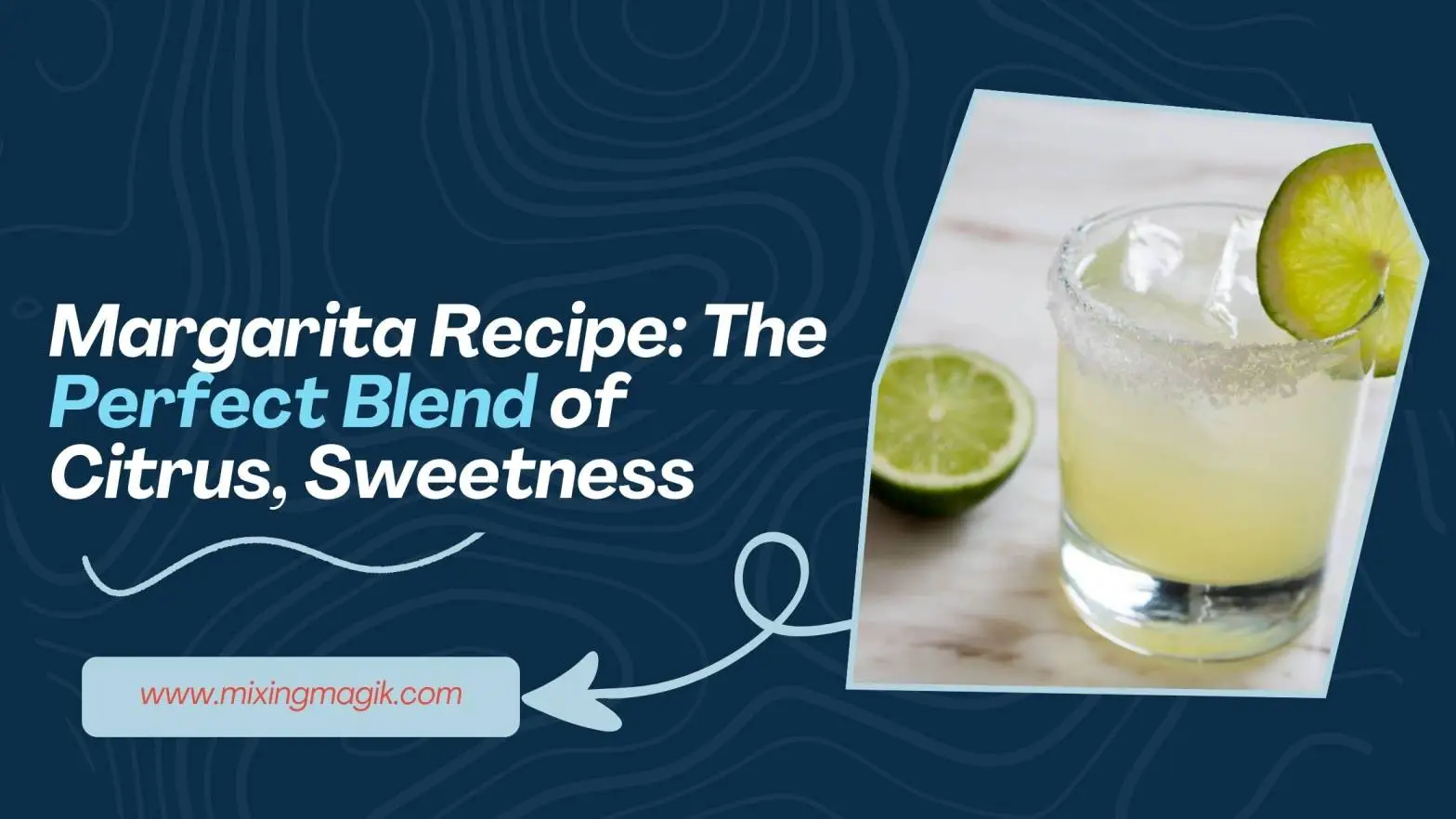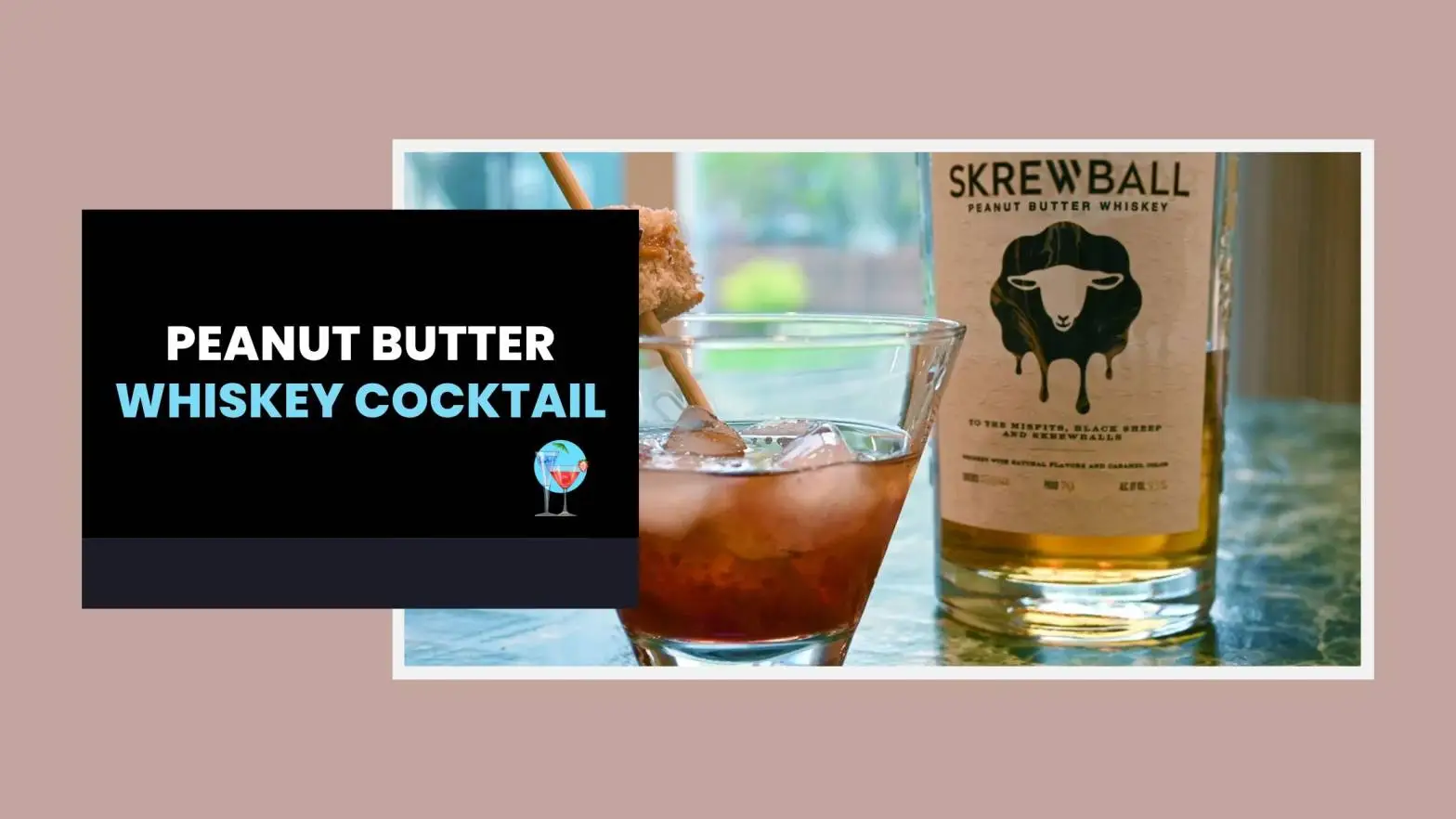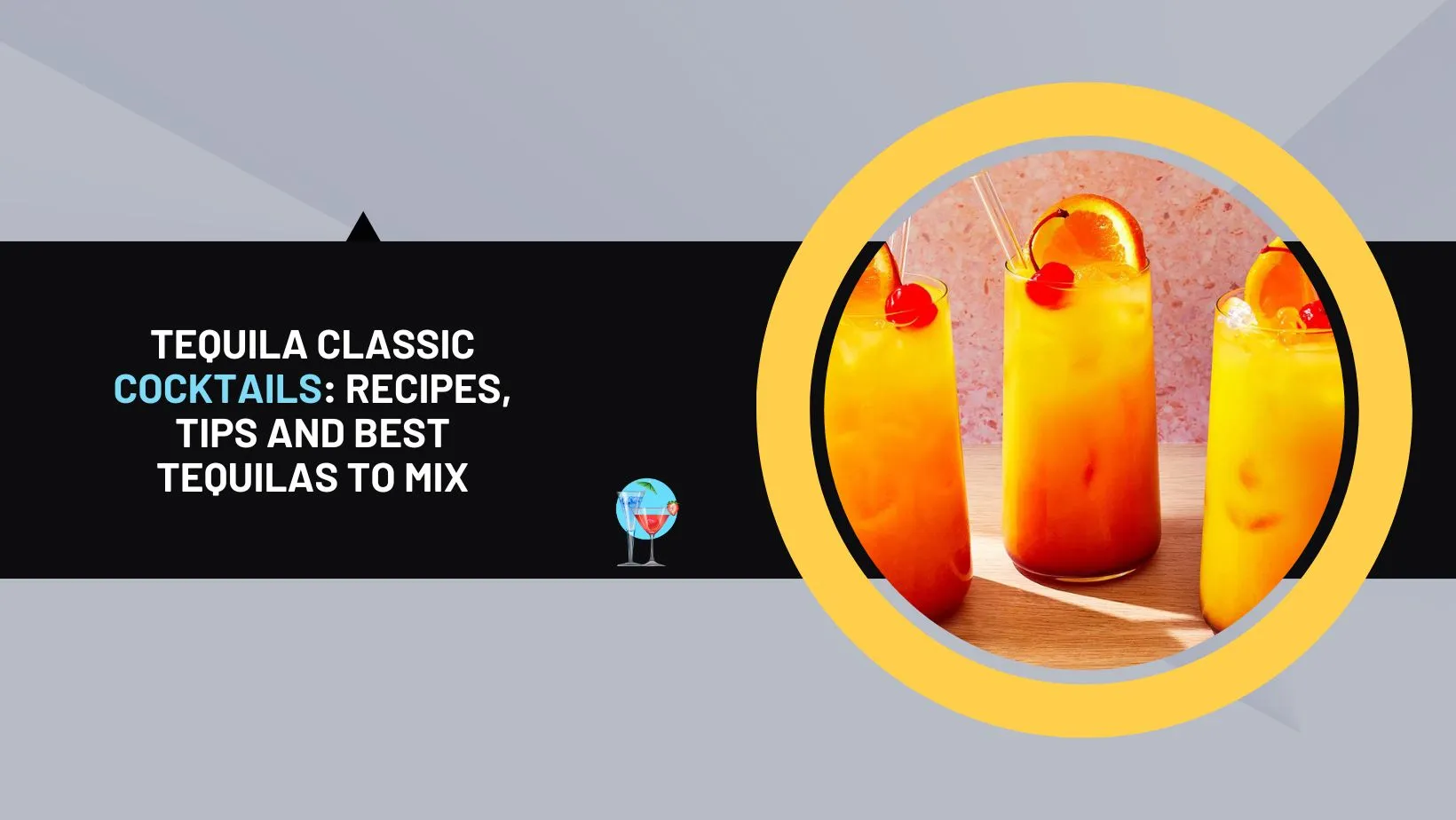In 2015, Dave Broom, renowned whisky writer, visited Australia for the launch of the 2015 John Walker & Sons Private Collection in Melbourne and World Class Australia Finals in Sydney. We caught up with him at both events and in this interview, he shares his thoughts on blends and single malts, age statements and the next big trend in whisky. This article is part of the ‘Looking Back’ series.
Dave Broom – Photo Supplied
Dave Broom on Blends and Single Malts
Corinne Mossati: With your extensive experience travelling around the world and writing about whisky, what are some of the developments that have impressed you of late?
Dave Broom: The way in which new whisky distillers are examining their terroir – what cereals grow around them, what smoking techniques are used for local foods, what type of casks are being used, what techniques (yeasts, roasts etc) are local craft brewers using. By combining all of these they are starting to craft whiskies which speak of their place and aren’t just copies of Scotch (or bourbon).
In recent years, single malt has been favoured over blended whisky. How would you steer a single malt enthusiast towards blends?
Pour them a glass.
What are your thoughts on aged vs no age statement single malts?
There’s no short answer to this so here goes.
There is nothing inherently wrong, evil or nasty about No Age Statement whiskies. The reason that there is an increasing number of them is driven primarily by the fact that there currently isn’t sufficient stock to match global demand. This situation will ease, but producers are faced with this dilemma at the moment. (the same goes for Irish, Japanese and bourbon by the way, but no-one seems to be accusing them of making poor quality whisky!)
Single malt distilleries are, by their nature, limited in their production. If distillers then say a whisky must be, say 12 years old before it is released then that availability is restricted further. Yet demand is rising and 12 years ago production levels were low. Do the maths.
At the centre of the reaction against NAS is the fact that the Scotch industry has spent years persuading people that the older a whisky is the better it is. That simply isn’t true. Age is not the sole determinant of quality. There is also a great deal of difference between age (a number) and maturity (a character). Age statements confuse that reality.
There’s another underlying issue. In the ‘old’ days it was generally reckoned that a single malt would hit the start of its mature period at around 10 or 12 years of age. The reason for this was that the casks used to mature the whisky were refill and often multiple refill. Today wood management has been improved, meaning that the whisky can achieve maturity at a younger age. However, since the industry has been wedded to numbers, you can’t just launch an 8-year-old age statement as replacement for a 12 year old no matter if it is better! NAS – the blending of mature young whisky with extra mature old – is a way around this.
I also think that the paradigm that malts = good, blends = bad which continues to be perpetrated by some commentators makes this hard for drinkers to understand. There’s nothing wrong with mixing young with old – as long as the end result is complex and balanced!
So, No Age is a way to ease stock pressure and, in theory, make whiskies not by number but by flavour. It should produce whiskies which are as good, if not in some cases better [Talisker 57˚N is a classic case of the latter]. No-one complains about NAS in blends – Compass Box? Johnnie Walker Blue?
I get all of that. I defend all of that.
The problem is that not all distillers have played fair. Rather than maintaining (or improving) quality there have been some (and I would argue it is just some) examples which are less good than the whiskies they are replacing – and they cost more. My argument would be that if you are making an NAS whisky to replace one with an age statement, then you must ensure that it is better. In other words, the issue isn’t NAS, but quality.
I would like to see greater transparency – similar to what Glenrothes has recently done – and declare what the constituent parts are. If the whisky is good, if the process is explained (something which the industry has singularly failed at) then there is no problem.
Until that happens the Scotch industry will inevitably face (often unfair) accusations that it is dumbing down quality. Both sides need to take a long hard look at the situation.
So there.
With the increase in the capacity of established distilleries, new distilleries and the growth in numbers of craft distilleries around the world, do you foresee that the market could get oversaturated?
There’s always that danger, but what I feel we’ll see in the medium term is an adjustment of the market. Scotch’s hegemony is over. The new whisky drinker will be happy choosing between bourbon, Japanese, Canadian, Australian, Swedish… and Scotch. It is up to each category to come to terms with this.
What do you predict as the next big trend in whisky?
There’s too many things happening at the meant: rye, different smokes, ‘world’ whiskies etc to point at one thing stylistically and say ‘that’s hot’. The consumer trend is more women and more younger women drinking whisky.
“Dave Broom on Blends and Single Malts” is part of the ‘Looking Back’ series which takes a historical lens to key industry personalities. The article is based on an interview originally published on our sister website Gourmantic.
Next in the ‘Looking Back’ series… Dr Jim Swan on Kavalan
Corinne Mossati
Corinne Mossati has been writing about bars, spirits and the food scene for over 10 years. After she founded Gourmantic in 2009, she launched Cocktails & Bars in 2015 and The Gourmantic Garden in 2020. She has been named Australian Bartender Magazine's Top 100 Most Influential List since 2013, has judged over 30 cocktail competitions, was nominated in Icons of Whisky Australia 2020 and is published in several media including Executive Style by Fairfax. Read the full bio here.





